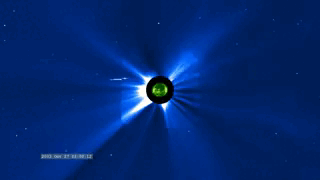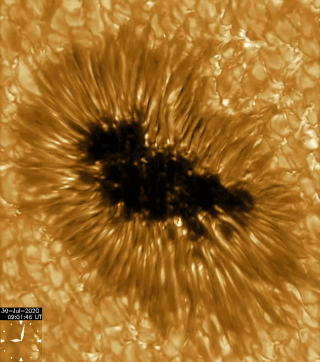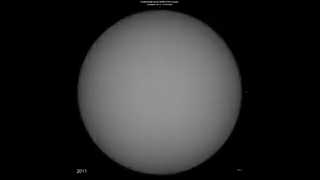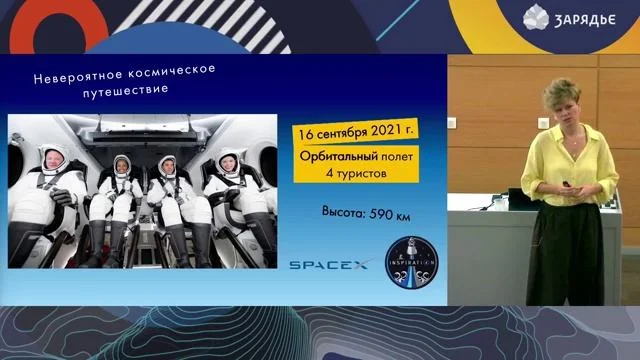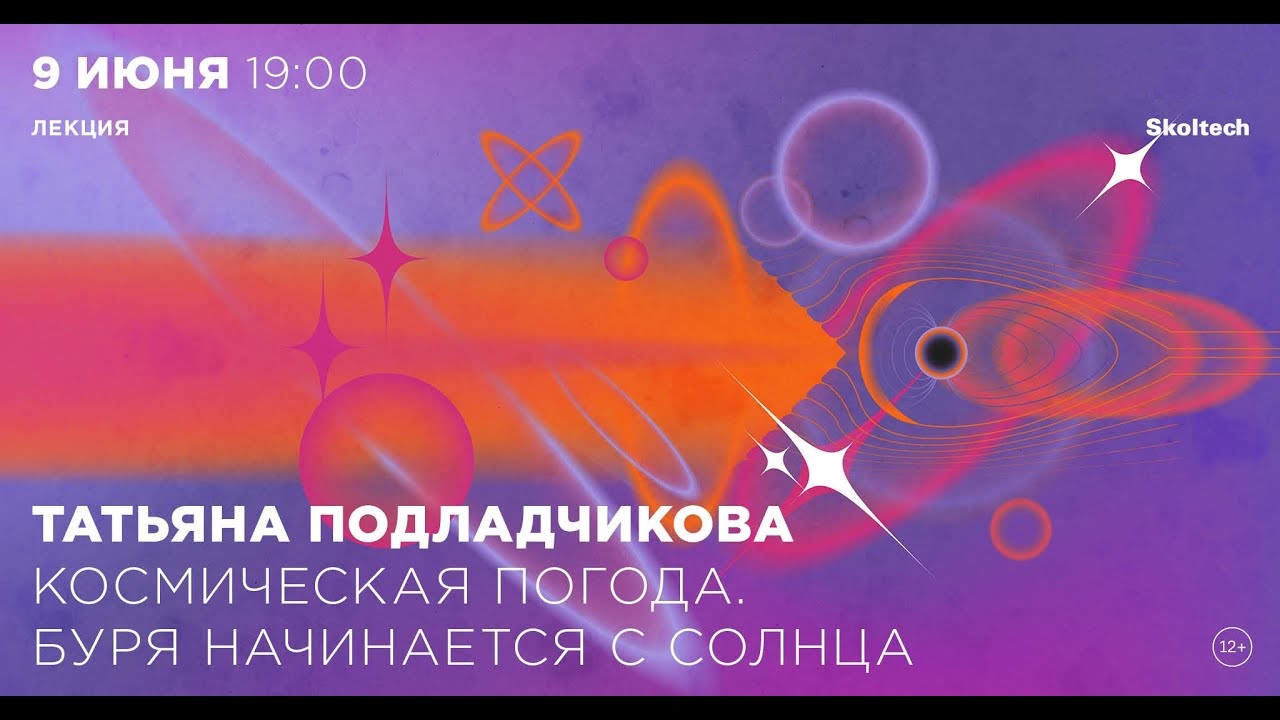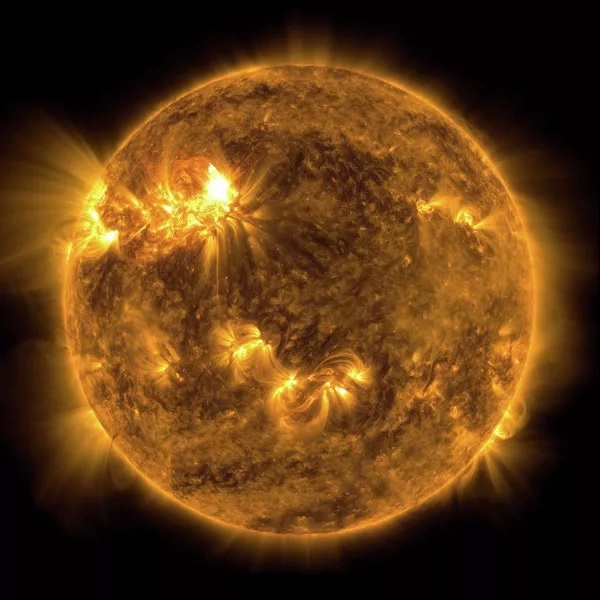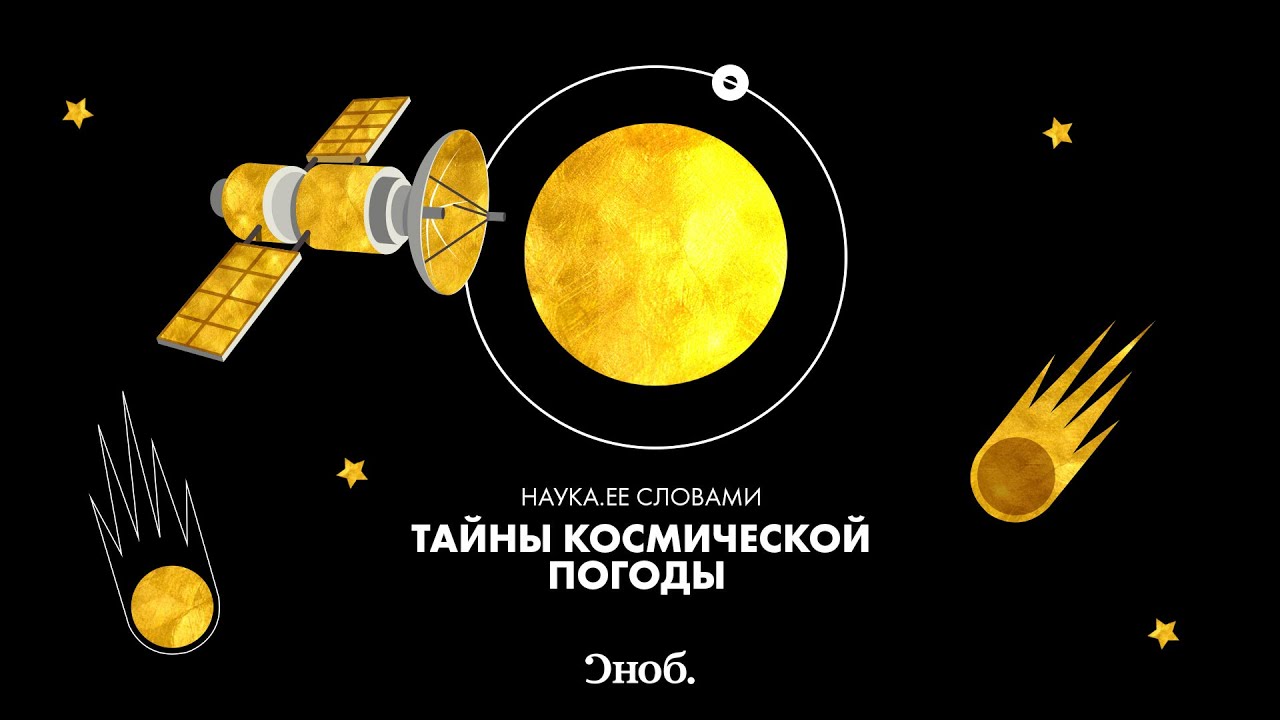Institute of Science
and Technology
Laboratory
About us
The Space Weather Laboratory focuses on space weather and solar-terrestrial physics. Space weather refers to the environmental conditions in space as driven by solar activity. A major solar event could seriously damage space-borne and ground-based technological systems (satellites, human spaceflight, radio communications, airplanes, power grids and pipelines), which can have devastating effects for national economies. We focus on both basic and applied research on space weather using a research-to-operations (R2O) approach, bringing together the forefront of research with applications and services. We participate in international solar and space weather networks via broad and synergetic collaborations with national and international academic institutions over the globe, EU Horizon, ESA programs, ISSI workshops, and academic mobility.
The team of the group

Tatiana Podladchikova
Director of Digital Engineering center,
Head of Space Weather lab
Associate Professor

Galina Chikunova
Space Weather lab
PhD Student, Research Intern
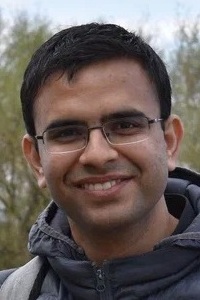
Shantanu Jain
Space Weather lab
PhD Student, Research Intern
Publications
Galina Chikunova, Tatiana Podladchikova, Karin Dissauer, Astrid M. Veronig, Mateja Dumbović, Manuela Temmer and Ewan C. M. Dickson
Three-dimensional relation between coronal dimming, filament eruption, and CME
Issue A&A, Volume 678, October 2023, Article Number A166, Number of page(s) 14, Section: The Sun and the Heliosphere.
R. Jarolim, J. K. Thalmann, A. M. Veronig & T. Podladchikova
Probing the solar coronal magnetic field with physics-informed neural networks.
Nature Astronomy. volume 7, pages 1171–1179 (2023).
N. Dresing, L. Rodríguez-García, I. C. Jebaraj, A. Warmuth, S. Wallace, L. Balmaceda, T. Podladchikova, R. D. Strauss, A. Kouloumvakos, C. Palmroos, V. Krupar, J. Gieseler, Z. Xu, J. G. Mitchell, C. M. S. Cohen, G. A. de Nolfo, E. Palmerio, F. Carcaboso, E. K. J. Kilpua, D. Trotta, U. Auster, E. Asvestari, D. da Silva, W. Dröge, T. Getachew, R. Gómez-Herrero, M. Grande, D. Heyner, M. Holmström, J. Huovelin, Y. Kartavykh, M. Laurenza, C. O. Lee, G. Mason, M. Maksimovic, J. Mieth, G. Murakami, P. Oleynik, M. Pinto, M. Pulupa, I. Richter, J. Rodríguez-Pacheco, B. Sánchez-Cano, F. Schuller, H. Ueno, R. Vainio, A. Vecchio, A. M. Veronig and N. Wijsen.
The 17 April 2021 widespread solar energetic particle event.
Issue A&A Volume 674, June 2023, Solar Orbiter First Results (Nominal Mission Phase), Article Number A105, Number of page(s) 34, Section: The Sun and the Heliosphere.

